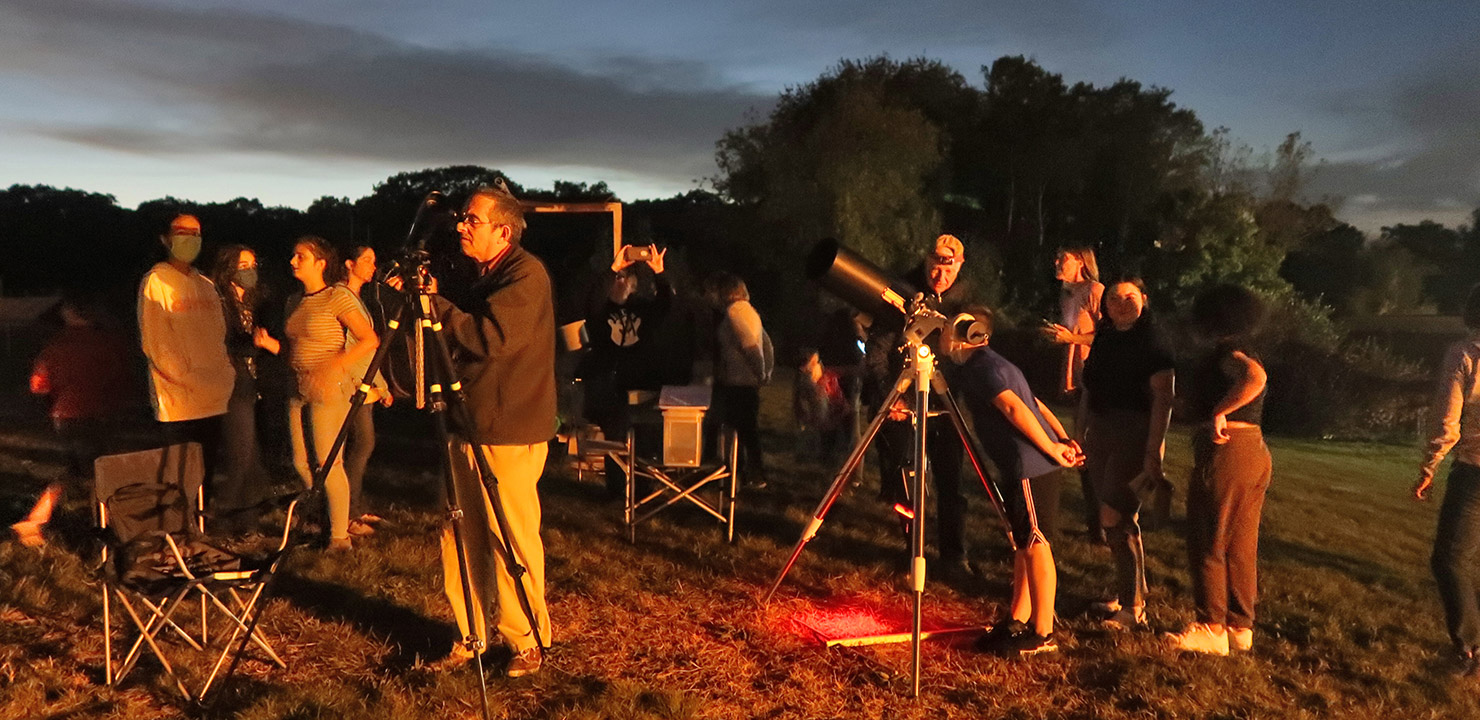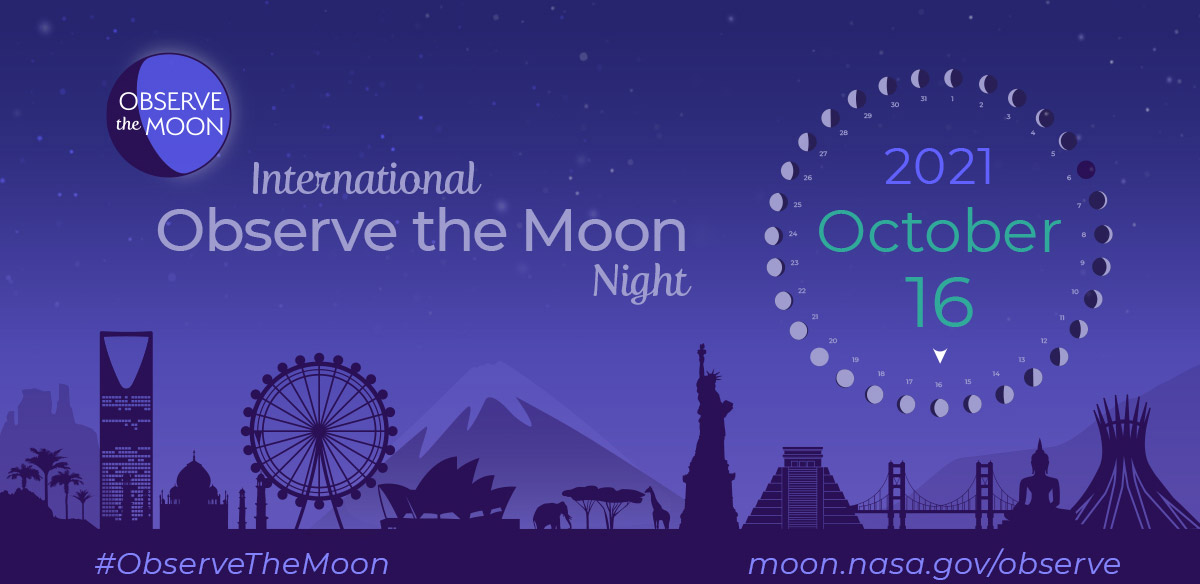October 2021
Remembering the Life of Leslie Peltier
Rick LynchIn 1990, Skyscrapers member Rick Lynch visited the home of Leslie Peltier, ten years after his passing. He was fortunate to have a wonderful relationship with his wife Dottie and made several visits to the "Place on Jennings Creek." The observatory was still standing but in great disrepair as was the Merry-Go-Round Observatory. They received permission to remove and restore the Merry-Go-Round observatory. He also was also given access to all of Leslie's notes, papers, natural history collections, and much of his astronomical items. The presentation will follow Leslie's life as presented in "Starlight Nights" and the "Place on Jennings Creek." A look back on a simpler time in astronomy!
Extraterrestrial Life: Are We the Sharpest Cookies in the Jar?
Avi LoebThe search for extraterrestrial life is one of the most exciting frontiers in Astronomy. First tentative clues were identified close to Earth in the form of the weird interstellar object `Oumuamua. Our civilization will mature once we find out who resides on our cosmic street by searching with our best telescopes for unusual electromagnetic flashes, industrial pollution of planetary atmospheres, artificial light or heat, artificial space debris or something completely unexpected. We might be a form of life as primitive and common in the cosmos as ants are in a kitchen. If so, we can learn a lot from others out there through the new frontier of "space archaeology."
The lecture will feature content from my book "Extraterrestrial",
https://www.hmhbooks.com/shop/
as well as from my commentaries,
https://lweb.cfa.harvard.edu/~
I will also discuss the Breakthrough Starshot Project.
Increasing Science Capabilities in the Apollo Lunar Exploration Program: Perspectives for Artemis
James HeadThe Apollo Lunar Exploration Program accomplished six successful lunar landings. Each succeeding Apollo mission was characterized by increasing exploration capabilities (landing accuracy, stay time, EVAs, mobility, experiments, tools, etc.). We present a brief review of the landing sites, surface operations and science return of each succeeding Apollo mission and show how science and engineering synergism resulted in a rapid transition from achieving a national goal (Apollo 11) to sophisticated scientific expeditions targeted to areas critical to understanding the origin and evolution of the Moon. We suggest some potential insights that might be useful for Artemis Program planning.
Dinner Break
Dine on your own at a local restaurant. A list of suggestions will be available.
A Recent Visit to Warner and Swasey Observatory
Rick LynchDoor Prizes Awarded
Boxed Deli Lunch
Consisting of choice of grinder or salad from D’Angelo, chips, drink and cookie/brownie. Cost $10. Pre-order and payment with registration required.
Dedication of Memorial Garden
Dinner Break
Dine on your own at a local restaurant. A list of suggestions will be available.


Winman Middle School Lantern Night




